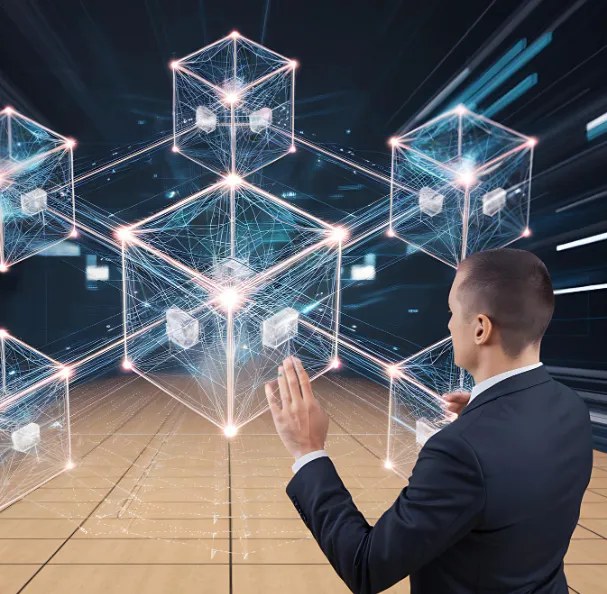Decentralized IoT networks are no longer just a futuristic concept—they are already transforming industries from logistics to energy. By combining blockchain with connected devices, these systems unlock new ways to share, verify, and monetize data without relying on centralized intermediaries. For founders, builders, and investors, the challenge is no longer “if” decentralized IoT will work but rather “how” to design scalable, trustworthy networks that deliver measurable impact.
Why Decentralization Matters in IoT
Traditional IoT systems often depend on single cloud providers that control device access and data flow. This centralization not only creates bottlenecks and security vulnerabilities but also limits innovation. Decentralized IoT, on the other hand, distributes trust across participants, allowing devices to interact directly in a transparent and resilient way. The result is stronger security, censorship resistance, and fairer opportunities for value creation.
A good example is IoTeX’s Pebble Tracker, which records environmental data like temperature and location directly onto the blockchain. This ensures supply chains—such as those for pharmaceuticals—have verifiable and tamper-proof records, improving accountability at every stage.
Scaling Beyond Pilot Projects
The main barrier to mass adoption is scale. Billions of connected devices generate more data than most blockchains can process. To overcome this, hybrid models are emerging.
Take Helium’s IoT network, which offloads lightweight tasks to local devices while storing essential proofs on-chain. This design keeps costs low and efficiency high, enabling the network to support millions of devices worldwide. After shifting to Solana, most transactions now cost less than a cent—proof that scalability doesn’t have to sacrifice decentralization.
Incentives That Drive Real-World Value
For decentralized IoT to thrive, incentives must reflect meaningful activity—not just running hardware. Token systems tied to validated real-world actions encourage honest participation and discourage fraud.
DIMO demonstrates this with connected car data. Drivers can share verified insights like mileage or battery status, but rewards are only distributed once third-party validators confirm accuracy. This approach ensures that data buyers can trust what they’re paying for.
Privacy and Trust at the Core
With billions of data points flowing through IoT systems, privacy is non-negotiable. Emerging tools like zero-knowledge proofs and trusted execution environments allow sensitive information to be verified without exposing personal details.
For instance, Nodle applies zero-knowledge proofs to verify location data from smartphones while safeguarding user identities. This has enabled the company to work with European cities to analyze crowd movements at public events without compromising privacy.
Governance That Evolves with the Network
Decentralized IoT also requires adaptive governance models. Different stakeholders—from manufacturers to token holders—bring different expertise, and governance structures should reflect that.
The XYO Network uses a dual-token system to balance long-term governance with day-to-day operations. Token holders help secure the system, while separate tokens manage high-frequency activity, ensuring stability as the network grows.
Connecting Across Systems with Open Standards
Interoperability is essential if decentralized IoT is to connect with legacy systems and global industries. Open APIs and standards like decentralized identifiers (DIDs) enable smooth integration and wider adoption.
VeChain’s ToolChain, for example, allows food shipment sensors to transmit data directly to blockchain records. Smart contracts then trigger alerts or payments if conditions—like temperature thresholds—are breached, streamlining supply chain accountability.
Real-World Impact Across Industries
- Supply Chains: Caterpillar uses IoT sensors and AI to track heavy machinery, predicting failures before they occur and cutting downtime costs.
- Energy: Chevron deploys sensors across pipelines to detect risks early, while companies like E.ON remotely monitor renewable energy assets in challenging locations.
- Healthcare: Devices like ResMed’s AirSense 10 transmit sleep data to healthcare providers for personalized treatment, while Philips Lifeline wearables connect seniors to emergency services in real time.
Final Reflection
Decentralized IoT is not about dismantling existing infrastructure but enhancing it with greater transparency, ownership, and resilience. The projects making the biggest impact—Helium, IoTeX, DIMO, and others—have gone beyond technical innovation. They’ve redefined how value is shared across networks of connected devices.
The shift is already happening. The question now is: who will build the next generation of networks that put people, not middlemen, at the center?







